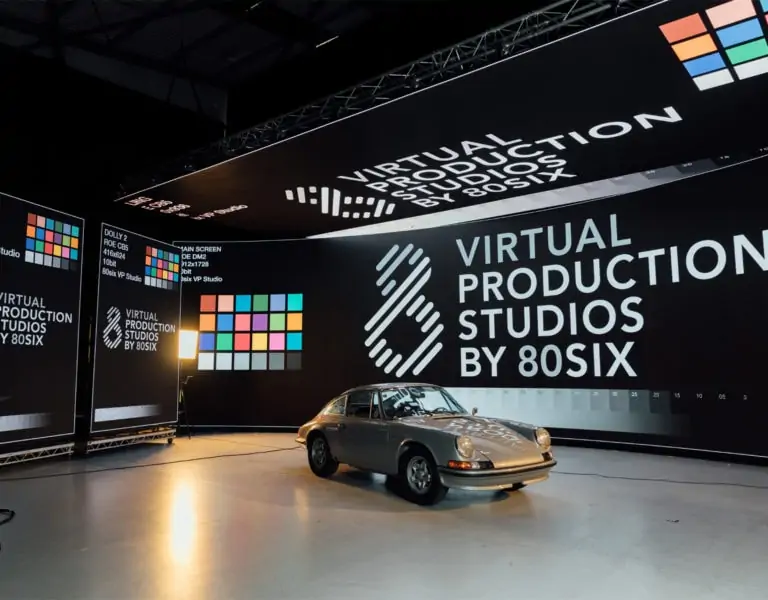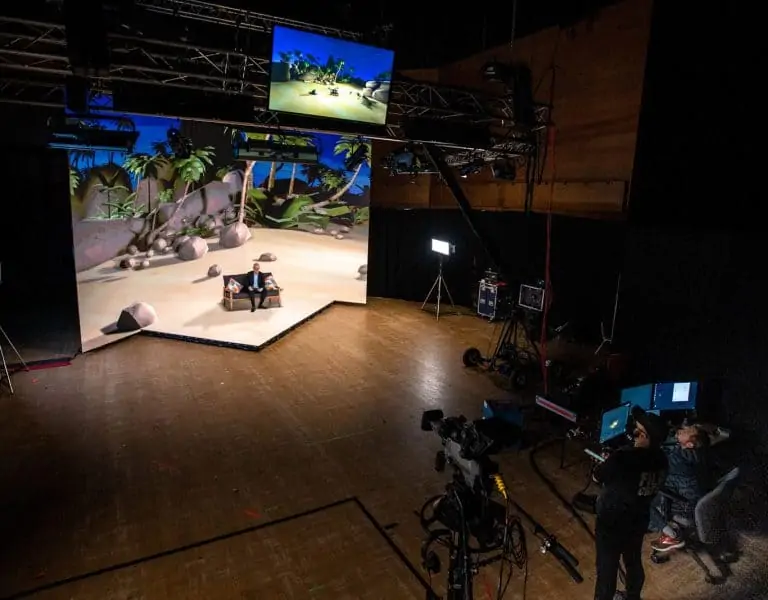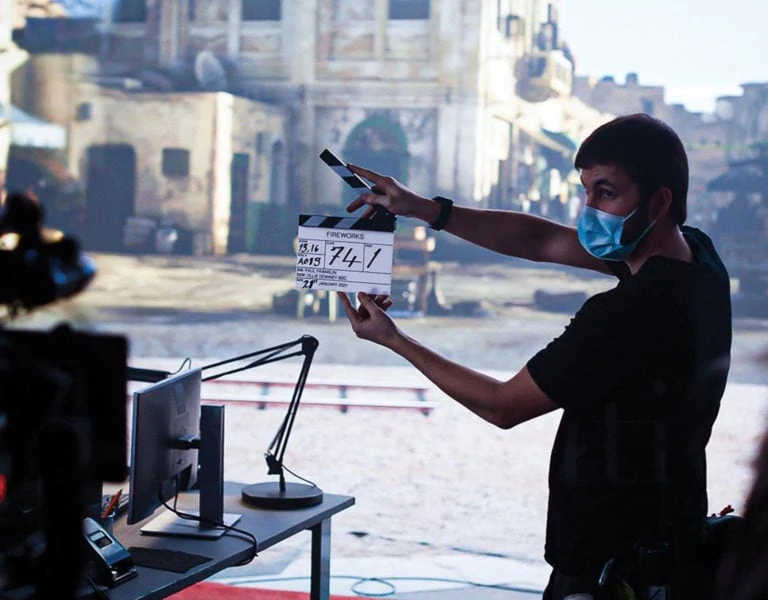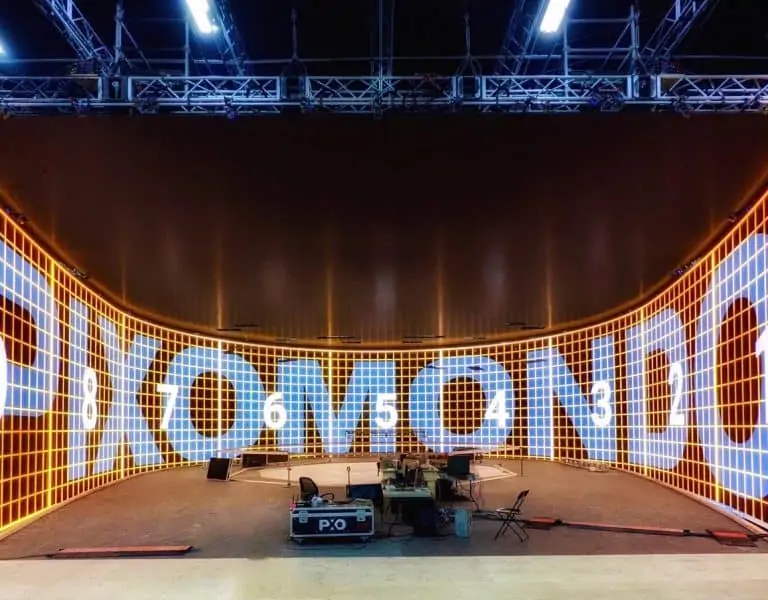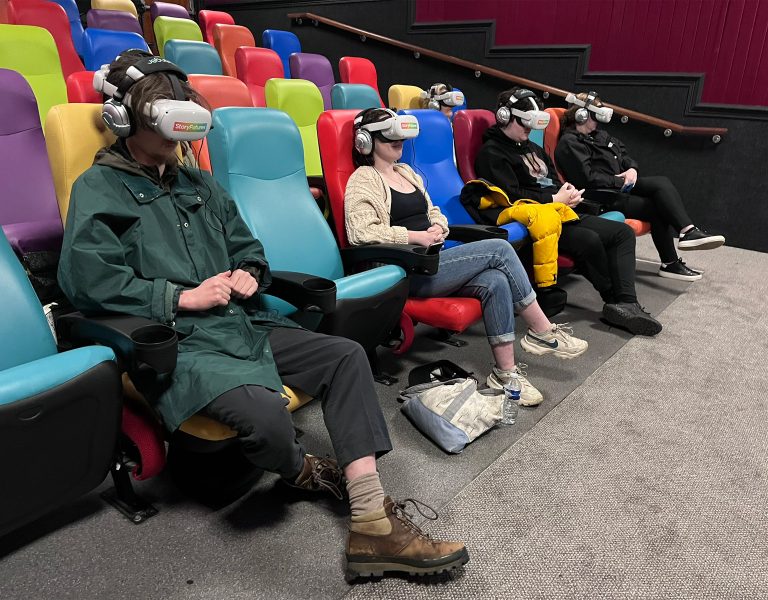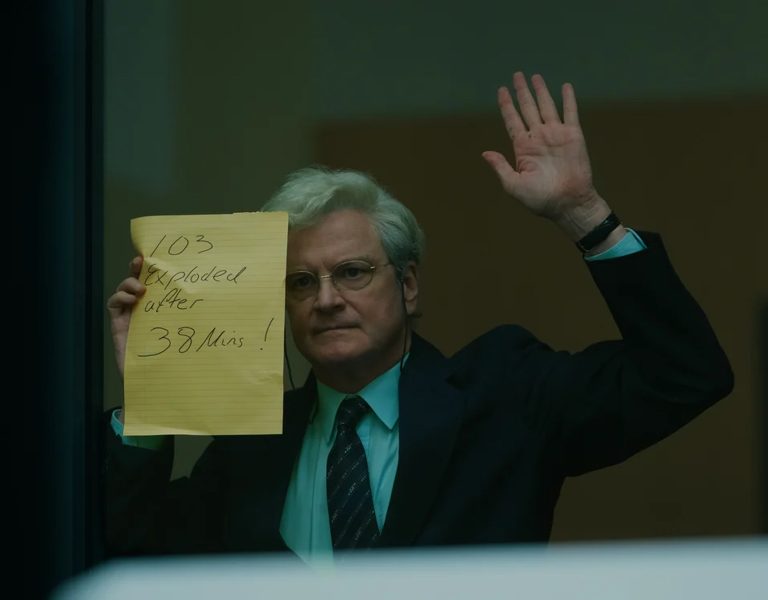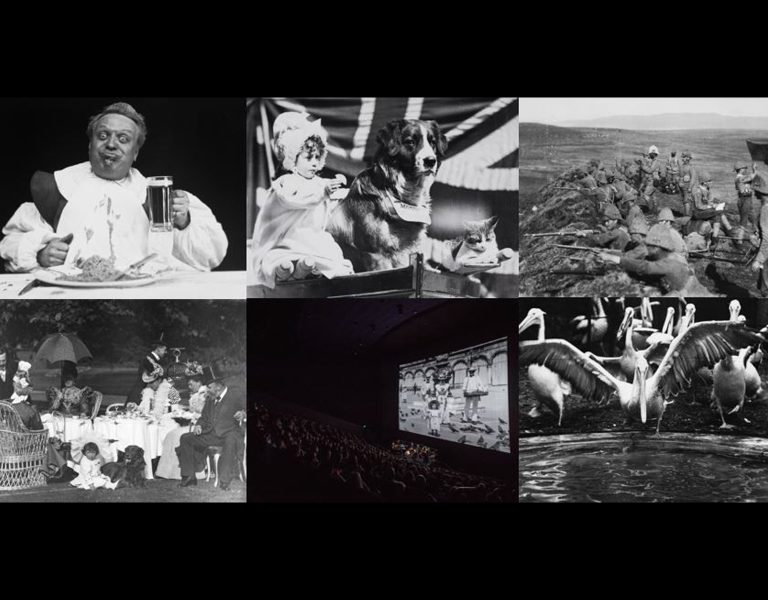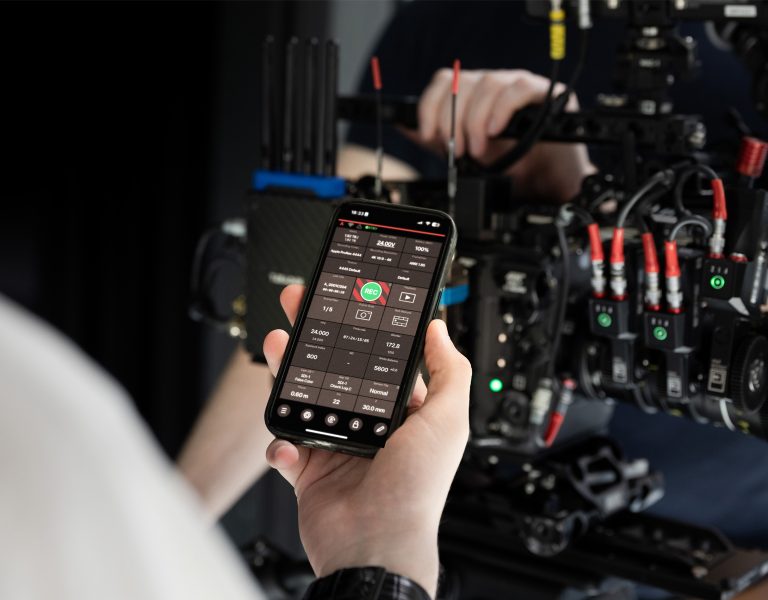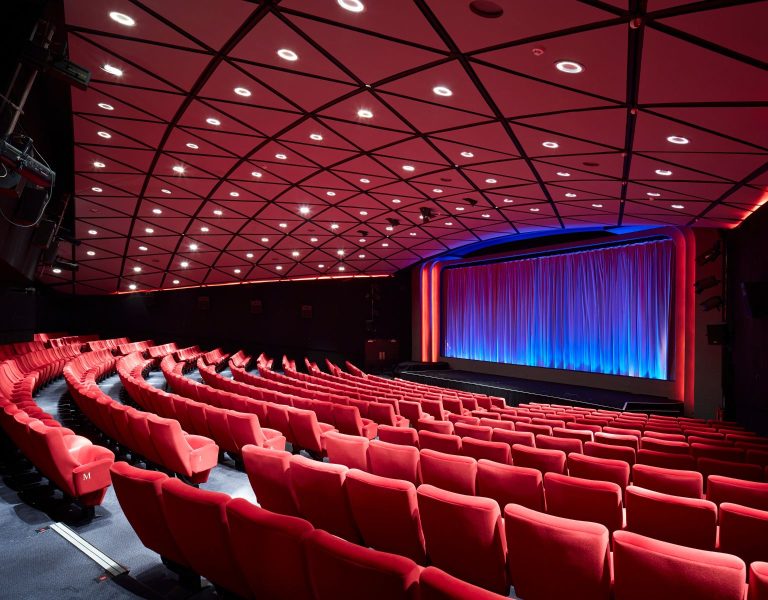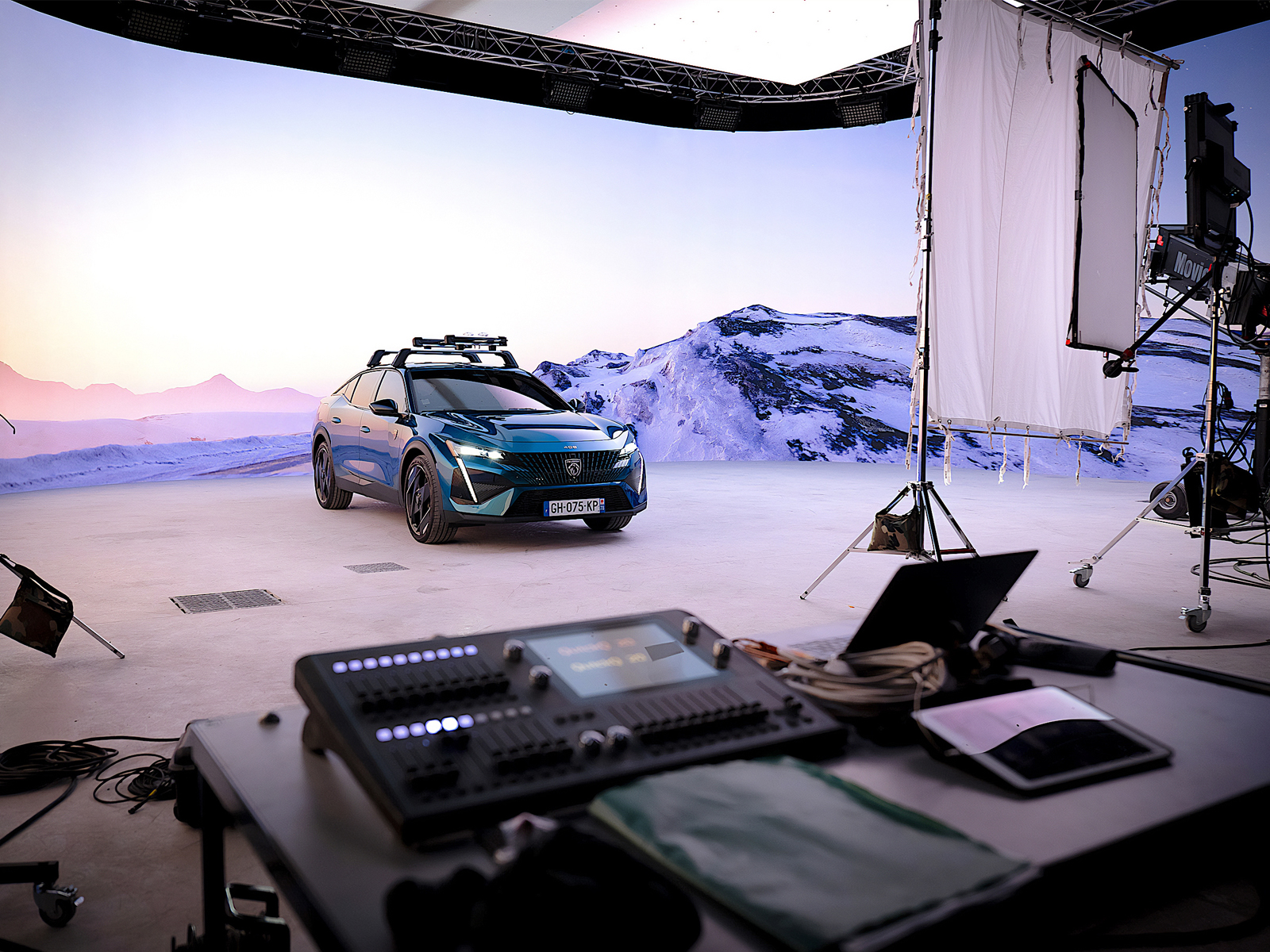
In 2021, La Planète Rouge, a team of 3D and VFX set designers as well as colourists, set out to create The Next Stage.
Housed within Provence Studios, the largest filmmaking infrastructure in southern France and a powerhouse in audiovisual production, it is situated in the heart of the French filmmaking industry near Marseille. The Next Stage has been designed to be the ultimate in virtual production studios, featuring a custom-made LED screen from French manufacturer, ArtBox, and is powered by Brompton LED video processing.
“We started with a blank sheet,” says La Planète Rouge’s Morgann Brun. “The infrastructure needed to be as immersive as possible because our aim was for production companies to be able to create content for feature films there.”
The result is a state-of-the-art studio that features a U-shaped volume with an LED ceiling, plus a mobile set up. As Brun puts it, it is a Swiss Army Knife for virtual production.
To achieve this, the La Planète Rouge team spent a year on R&D, working with various manufacturers to decide on the best solution. “Because of this, and the fact that we are the owner of our own, cost-effective, LED panels, we could test everything thoroughly,” says Brun. “We were also helped by the French government, which is keen to support the film industry. This was unique for us and hugely advantageous because we could spend time understanding our tools.”
The team’s collaboration with Brompton and ArtBox was instrumental in the R&D stage. ArtBox invested in its own Hydra camera, enabling it to get the most out of its panels with Brompton’s Dynamic Calibration technology to allow greater brightness, improved colour gamut and, crucially, the ability to display HDR imagery, with Brompton’s Business Development Manager Europe, Dries Vermeulen, advising on technical aspects, including calibration and refresh rates, to ensure the best results.
“There was a lot involved and our conversations with Dries are ongoing,” continues Brun, “But our expertise and creating a studio at such a level meant the likes of Lions Gate wanted to come and see us, along with many small French companies.”
With the team’s extensive background in VFX spanning over 15 years, La Planète Rouge prides itself on being able to be part of any project, from its conception through to its delivery. “From creating XR content to operating XR shoots and handling any post-production requirements, our holistic approach optimises our clients’ budgets, particularly for projects that have quick turnarounds,” Brun adds.
The Next Stage studio features an impressive setup, with the U-shaped volume featuring a 2.5 pitch ArtBox LED wall, with each of the three sections measuring 14m by 6m high, along with a motorised roof spanning 8m by 8m, and one 5m by 2.5m mobile setup, all of which totals around 50 million pixels. “Our production control room is equipped with 10 Brompton Tessera SX40 LED processors, offering 12-bit HDR rendering on the LED wall with a frame rate of up to 200fps for slow motion,” explains Brun.
The studio’s product arsenal also includes nine servers that render in real-time using a Disguise system, Unreal Engine 5.3, a Sony FX9 camera, and an NVIDIA A6000 and RTX 4090 graphics card, which allows the creation of hyper-realistic, immersive virtual environments.
The roster of technical partners is also involved in on-going conversations to ensure the La Planète Rouge team can continually evolve their studio toolkit. “Speaking with our partners is crucial in keeping us ahead of the curve. It’s not just about being competitive. It’s about offering our clients the best technology,” notes Brun.
In addition to offering their expertise and a cutting-edge setup, Brun emphasises their commitment to sustainability. “Being part of Provence Studios significantly elevates the standard for sustainable film production,” she notes. “It reduces CO2 emissions by eliminating the need for crew travel, optimising shoot durations, and reducing VFX workload. Provence Studio operates as a sustainable facility, utilising solar panels, recycling decor and other materials, and even producing its own honey. It has also received approval from the Ecoprod association, the leading initiative on sustainable film production in France.”
This approach has attracted numerous productions from the likes of Warner Bros and Paramount, French feature films and TV films, to the producers of TV series and commercials.
“We wanted The Next Stage to be compared to the established LA studios and we think we’ve done that,” smiles Brun. “A lot of companies come to us because we’re in the South of France, and being located within the larger filmmaking facilities is certainly advantageous for them. The Next Stage becomes a valuable asset that complements the rest of the production.”
As an example, Brun recalls one particular scene for a Starz’s ‘The Serpent Queen’ which involved shooting in a palazzo. “Transporting the entire crew to Italy would have been very expensive and time-consuming, and filming on location would have been difficult due to restrictions on extra lighting to protect valuable paintings. Thanks to virtual production technology, we were able to film both the interior and exterior of the palazzo utilising two of our studios,” she says.
“We worked closely with La Planète Rouge, particularly during the R&D phase, to ensure the team can take full advantage of their customised LED screens and understand the key features of our Tessera LED processing,” concludes Vermeulen. “The result is a successful studio that can realise its clients’ visions by creating ultra-realistic optical illusions that seamlessly blend foreground reality with virtual backgrounds.”
